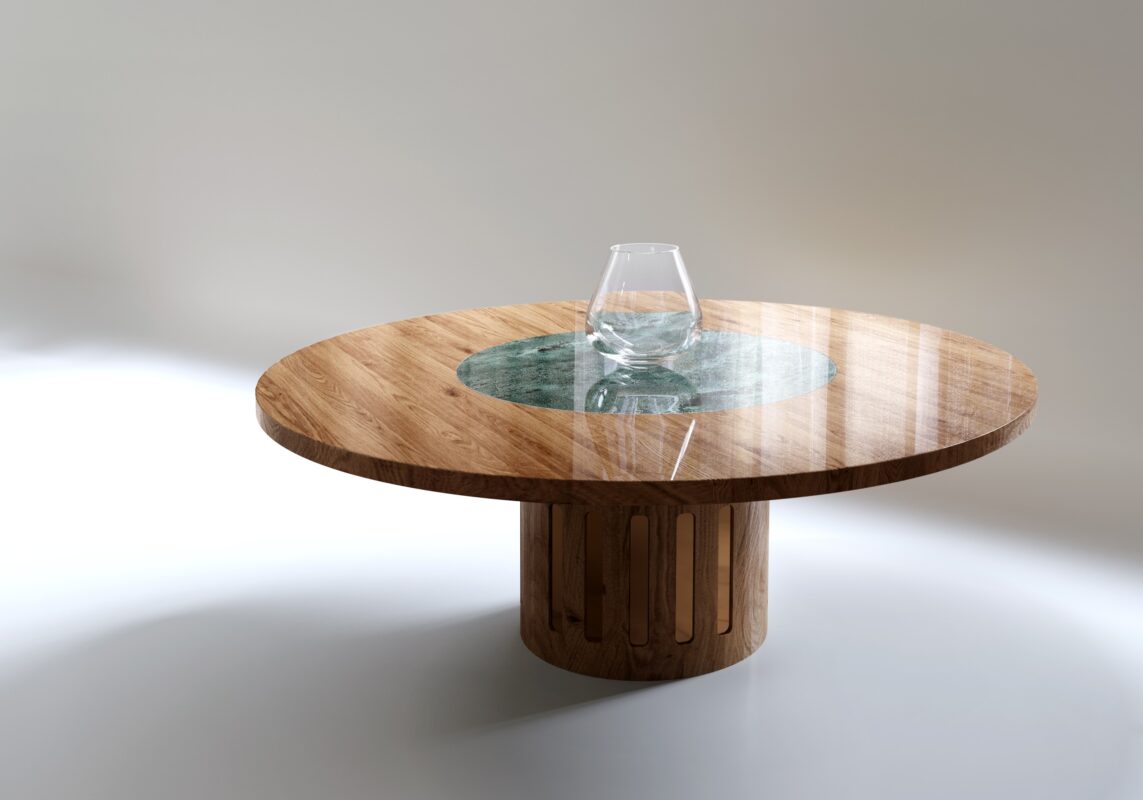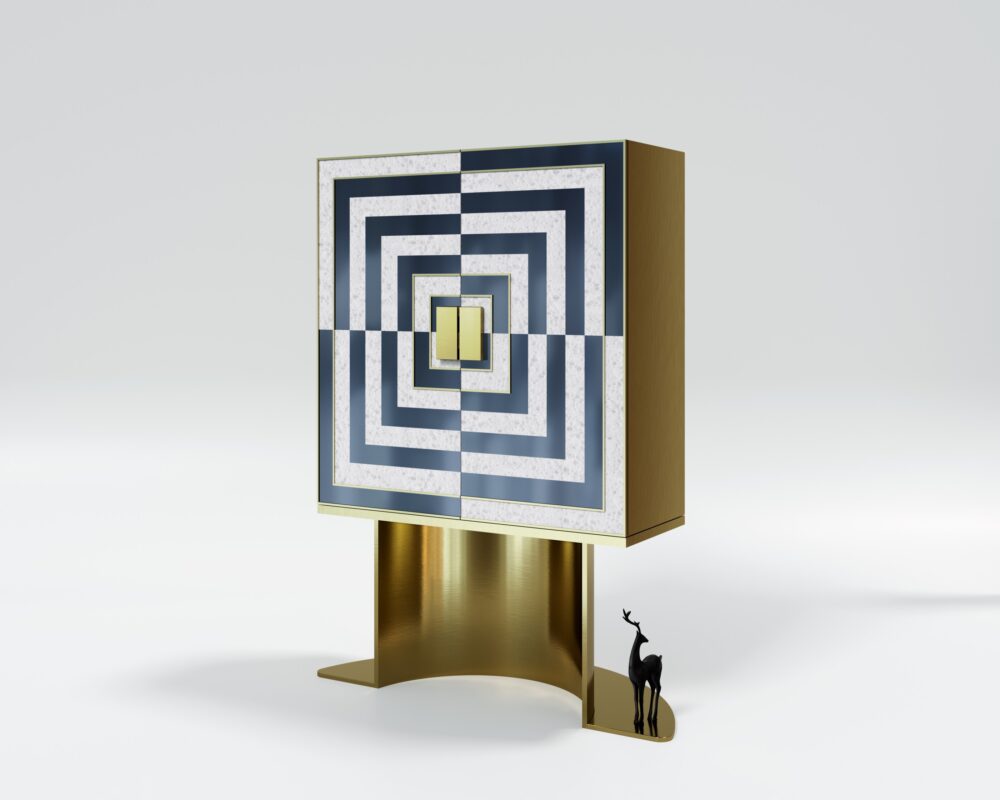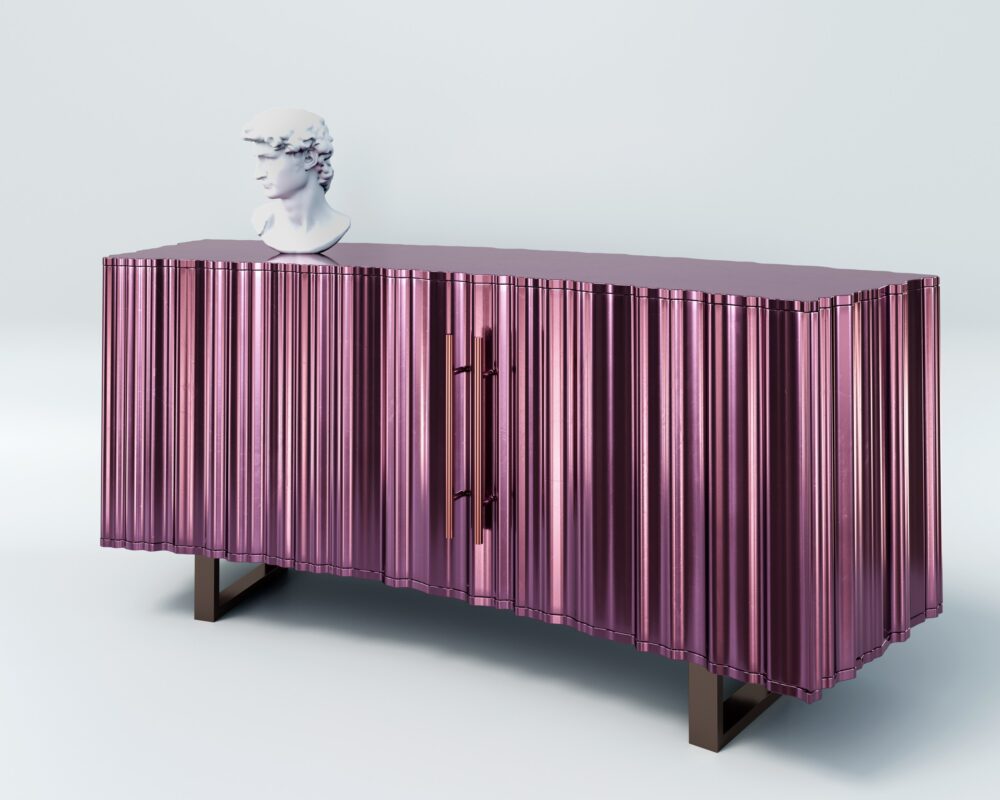In the luxury furniture industry, where exclusivity and precision define the market, embracing technological innovations such as 3D rendering is crucial for maintaining a competitive edge. This technology not only enhances the visual representation of furniture designs but also redefines the entire creative and sales processes, making it an indispensable tool for designers and manufacturers alike.
The digital era has shifted consumer expectations, demanding higher quality, customization, and quicker validation of choices, particularly in the luxury sector where the details make the difference. 3D rendering meets these demands by offering an unparalleled ability to visualize and modify furniture designs with great accuracy before any physical model is built. It allows for meticulous attention to detail that matches the high standards expected by luxury clients, from the texture of fabric coverings to the gloss of wood finishes.
Moreover, as global markets become increasingly accessible through digital platforms, luxury furniture brands are compelled to innovate continually not just to capture but also to captivate diverse clientele. 3D rendering enables these brands to showcase their products in various styles and settings, adapting to cultural tastes and preferences without extensive logistical commitments. This adaptability is vital in tapping into new markets and expanding the brand’s global footprint.
By incorporating advanced 3D rendering techniques, luxury furniture companies are not just keeping up with trends but are setting them, offering dynamic, immersive, and customizable shopping experiences that resonate with modern consumers. The initial investment in 3D rendering technology pales in comparison to its benefits, helping brands to streamline their development processes, enhance their marketing strategies, and ultimately, deliver a product that epitomizes luxury and perfection to a discerning customer base.
Unveiling Sophistication in Every Detail
Table of Contents

3D rendering allows designers to capture and convey intricate details with remarkable precision, which is paramount in the luxury furniture market where each detail counts. Designers can manipulate light, texture, and space to showcase the unique elements of each piece, from the elegance of hand-stitched embroidery on upholstery to the lustrous finish on exotic wood. This level of detail helps in creating vivid, tangible images that speak directly to the craftsmanship and quality expected in luxury furnishings.
Moreover, 3D renders can create an emotional connection with potential buyers by presenting realistic and relatable scenarios that highlight the furniture in various sophisticated environments. This not only enhances the aesthetic appeal but also helps customers envision the furniture in their own spaces, reinforcing the luxury and exclusivity of the brand. Through high-resolution renders, the true essence of the material—from its tactile feel to its color nuances under different lighting conditions—can be effectively communicated to a discerning clientele.
Streamlining Design and Production

The integration of 3D rendering into the design process significantly streamlines both design conceptualization and production workflows. By utilizing 3D models, designers can quickly iterate over different design concepts without the constraints and costs associated with physical prototyping. This flexibility is crucial when exploring complex design elements or integrating new materials that might otherwise be too costly or time-consuming to prototype traditionally.
Furthermore, 3D rendering aids in detecting potential design flaws before the manufacturing process begins, which can save significant resources and time. It allows designers and manufacturers to work collaboratively, making adjustments in real-time and ensuring that the final product is not only beautiful but also structurally sound and functional. This precision leads to a smoother production process and higher quality end products, which are essential in maintaining the integrity and reputation of luxury furniture brands.
Enhancing Client Engagement and Sales

3D rendering transforms client interactions by providing immersive and interactive marketing experiences. Luxury furniture brands can utilize 3D visuals in virtual showrooms, where clients can navigate through different setups and explore various furniture arrangements at their own pace, thus enhancing customer engagement and satisfaction. These virtual showrooms can be accessed from anywhere in the world, providing a global reach to the furniture brand and expanding its market presence.
In addition to virtual reality experiences, 3D models are also instrumental in creating interactive applications for mobile and web platforms. These applications can allow users to customize furniture pieces by changing colors, fabrics, and finishes to match their specific preferences, which not only enhances the user experience but also empowers customers in their purchasing decisions. By integrating these technologies, luxury furniture brands can provide a personalized shopping experience that stands out in the competitive market, potentially increasing sales and building long-term customer loyalty.
In conclusion, the integration of 3D rendering into the luxury furniture design process is not merely an enhancement but a revolution. This advanced technology bridges the gap between imagination and reality, allowing designers to experiment with and perfect their creations with unprecedented precision and flexibility. As the industry continues to evolve, those who adopt 3D rendering will find themselves at the forefront, leading with innovative designs that capture both the eye and the imagination of discerning clients worldwide.
Moreover, 3D rendering offers luxury furniture brands a compelling competitive edge, enabling them to respond dynamically to market trends and customer preferences. It fosters a deeper connection with clients through immersive visualizations and personalized experiences that traditional methods simply cannot match.
As we look to the future, it’s clear that 3D rendering will continue to play a pivotal role in shaping the landscape of luxury furniture design, driving the industry towards more sustainable practices, enhanced artistic expression, and ultimately, greater commercial success. By embracing this transformative technology, luxury furniture brands not only future-proof their businesses but also redefine what it means to furnish spaces in the modern world.
